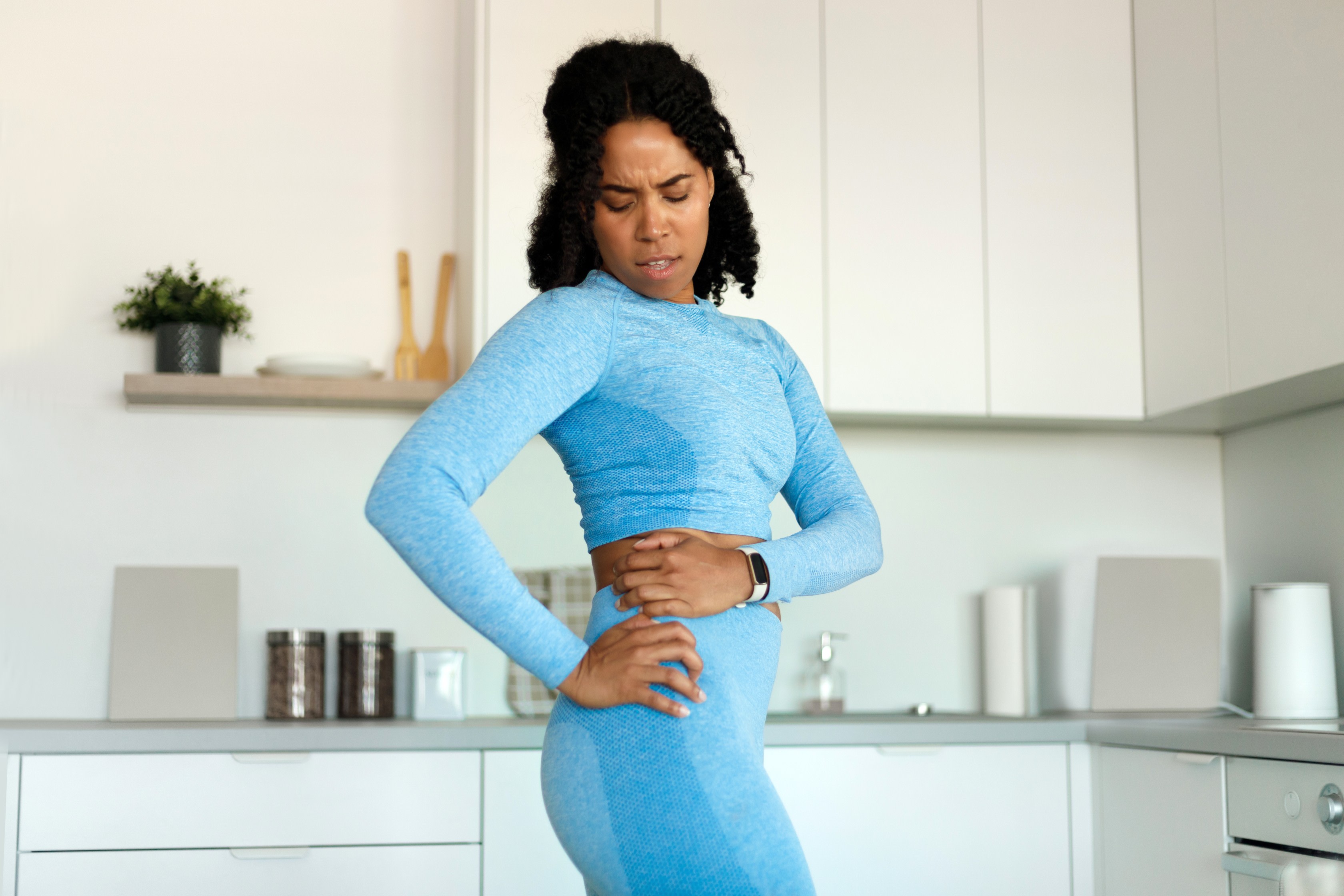Tratamiento de la bursitis de cadera: consejos y ejercicios para el dolor y la movilidad
Descubra opciones efectivas de tratamiento para la bursitis de cadera, incluidos ejercicios de fisioterapeuta para aliviar el dolor y mejorar la movilidad.
$0 costo para usted
Última actualización: Jul 22, 2025
El índice
Fully covered hip pain relief
Find relief from hip pain, buttock pain, hip tendonitis, & more.
Check if I'm eligible